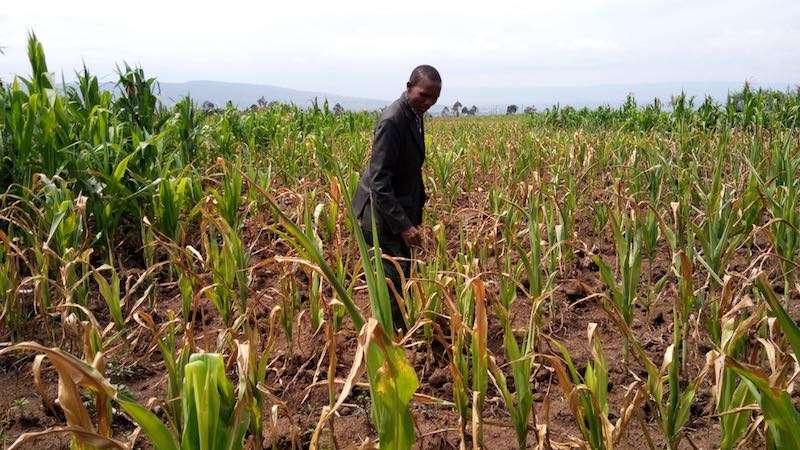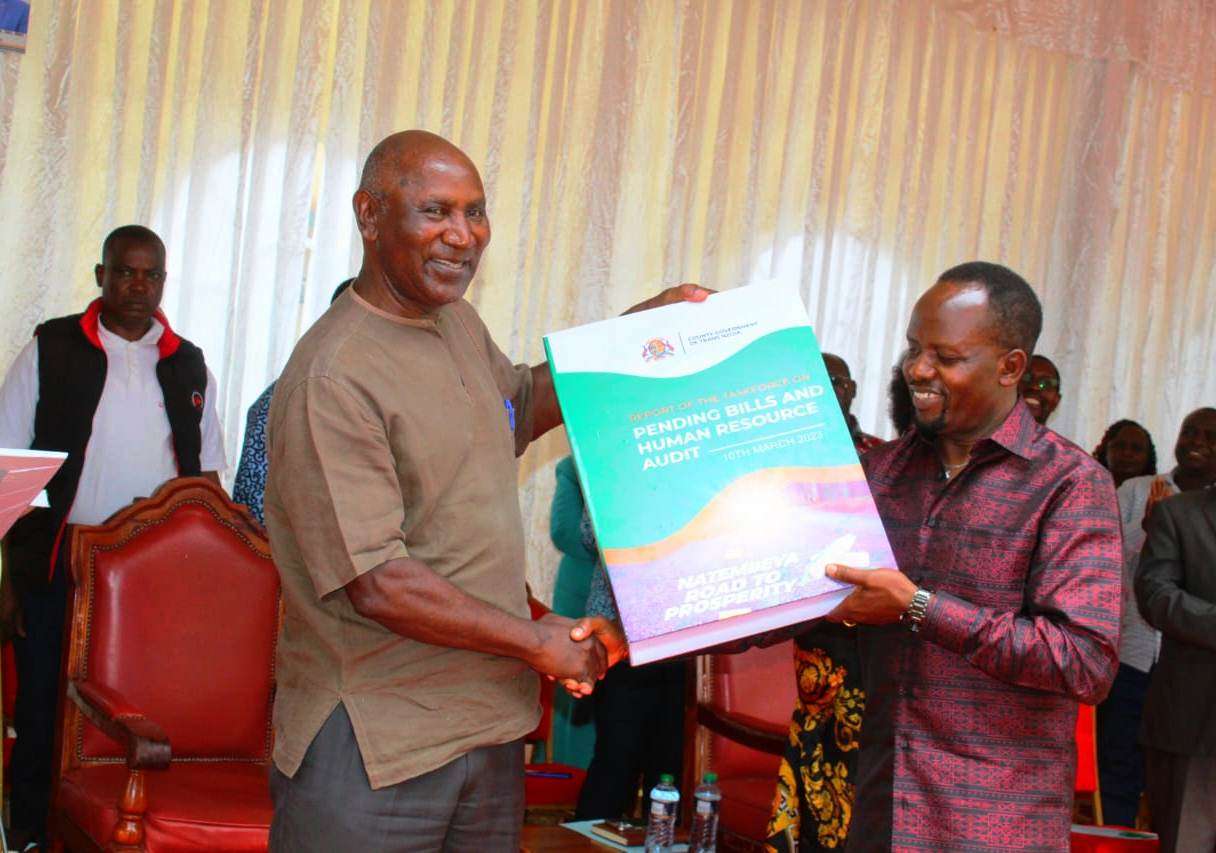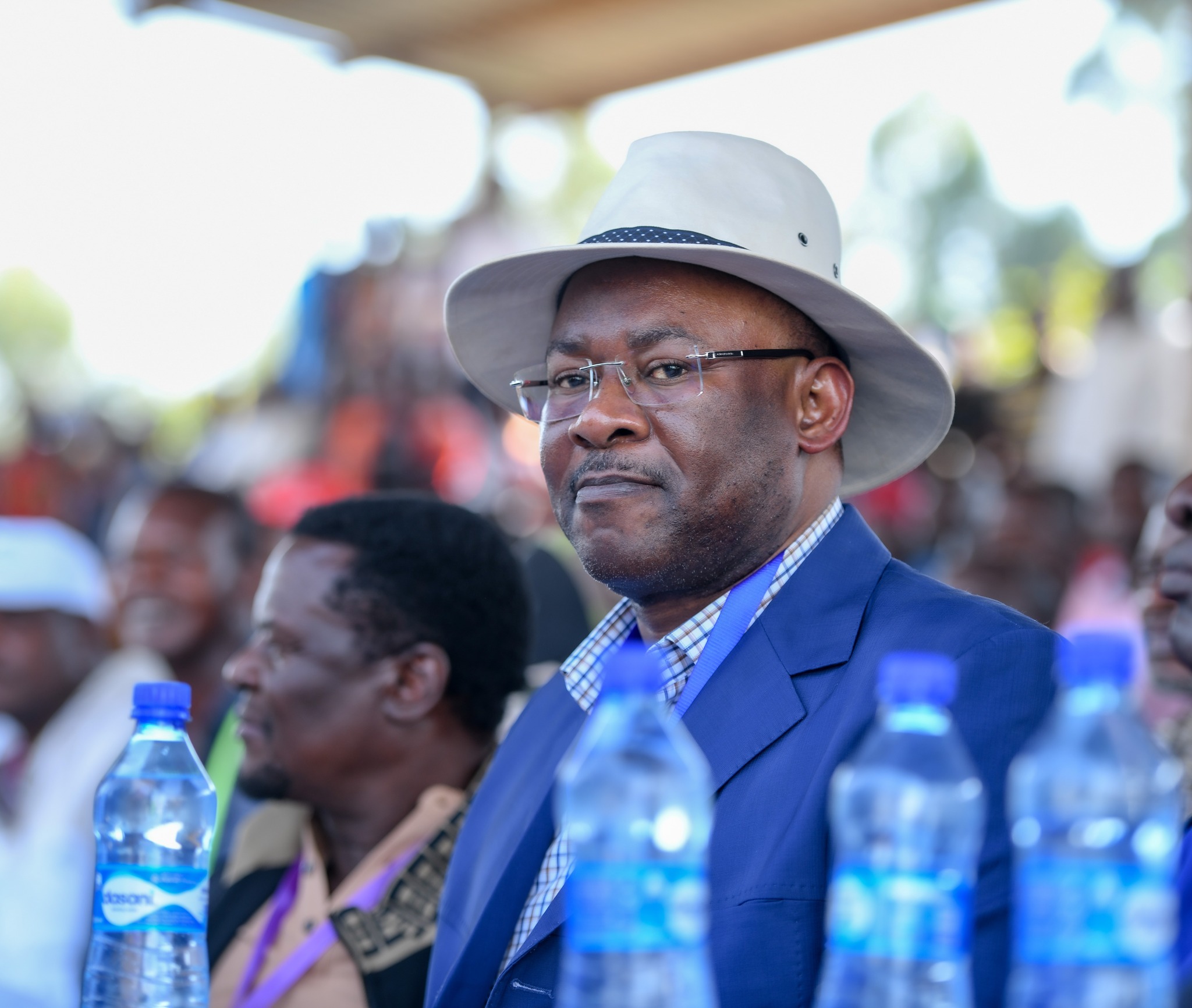Following a third round of poor agricultural performance and yet another contraction in the third quarter of 2022, Kenya’s food security in 2023 remains at stake. According to the quarterly Gross Domestic Product data released by the Kenya National Bureau of Statistics for July through September 2022.
The agriculture sector saw a 0.6% contraction, this comes after the sector saw two straight quarters of contractions in the first half of the year, with declines of 0.7% between April and June and 1.2% between January and March. “The agriculture sector recorded a contraction of 0.6 per cent in the quarter under review compared to a growth of 0.6 per cent recorded in the corresponding quarter of 2021. The slowdown in the performance of the sector was mainly attributed to unfavorable weather conditions that prevailed in the first three-quarters of 2022” KNBS stated.
Based on the KNBS study, despite the GDP growing by 4.7% in the third quarter of 2022, agriculture continued to face challenges as a result of the unfavourable climate that persisted throughout the year. Throughout 2022, the country’s food costs remained high, driving up inflation rates to highs of 9.6% in October and 9.1% in December, when food inflation reached 13.84%.
In July, the government was compelled to enact a maize flour subsidy to counter prices that had risen to Ksh200 for a 2kg packet of maize flour. According to KNBS’s quarterly GDP report, the quarter’s vegetable exports and milk consumption by processors both decreased by 26.1% and 10.7%, respectively, due to the performance. Fruits, coffee, and sugarcane were a few of the subsectors that kept the nation’s agriculture going throughout the three months.





